Scewo: The Innovative New Wheelchair That Can Take Its User Up Stairs
Today, cities are more complex than they’ve ever been before. With urban centers constantly being reimagined, redeveloped, and redefined, designers are giving more and more thought to the ways citizens with limited mobility can navigate them. Thankfully, design for the disabled is no longer an afterthought, but something that is considered from the very outset of every project, no matter the scale.
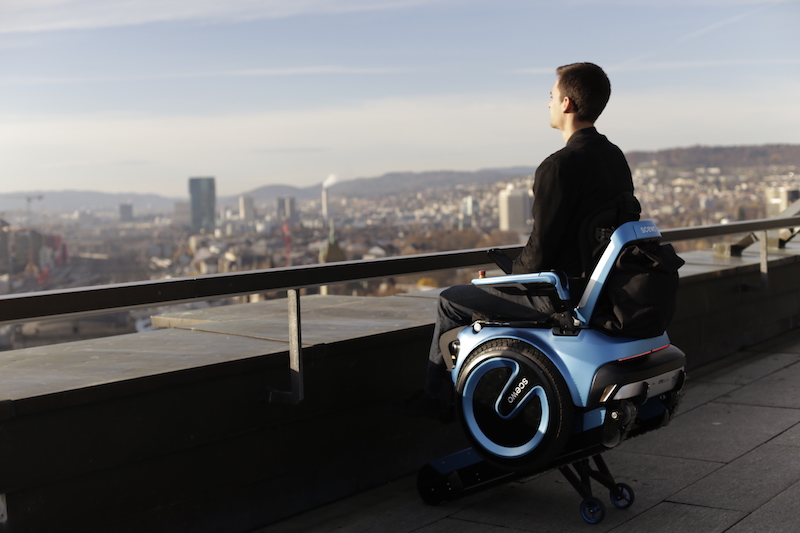
Still, it never hurts to put the ability to traverse the steps, squares, and hills of a city in the hands of the city dweller themselves — which is exactly why innovative devices and machines tend to be at the forefront of empathetic design. One recent prototype is looking to do just that by giving wheelchair users the freedom to tackle all kinds of challenges in the urban landscape. Meet Scewo, a wheelchair that allows its user to ascend staircases in a surprising new way.
Scewo bills itself as a “wheelchair for the 21st century.” The company’s mission is “to combine the new technologies and an aesthetic design to develop a new generation wheelchair. It will give enjoyable and flexible mobility to those in need and lets them engage wherever life takes them.” More specifically, this wheelchair is designed to allow users to navigate urban obstacles in an independent and fluid manner, helping them avoid the shocks and bumps that standard wheelchair usage so often entails.
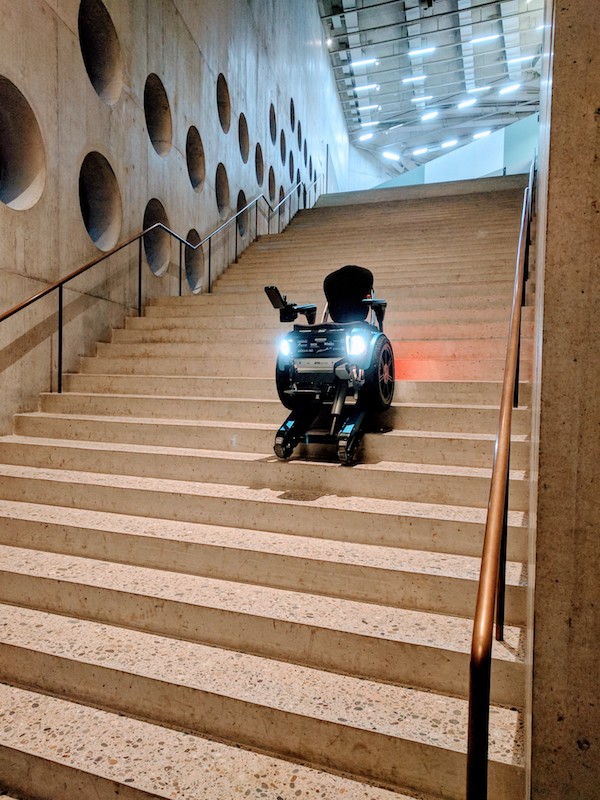
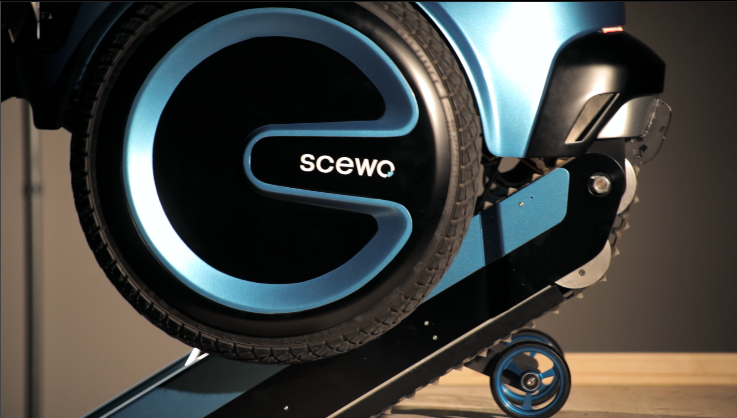
When faced with a flight of stairs, the chair releases a set of ergonomic rubber tracks that provide a smooth and safe ride to the top. The tracks are released from the underside of the seat and are made from rubber so they can properly grip the ground surface below. The width of the tracks means they can also be used on spiral staircases. The user can automate each ascent with the push of a button, meaning they can be confident in the chair doing all the heavy lifting for them.
When the Scewo isn’t climbing stairs, it’s providing its user with a safe and smooth journey over rough and unstable terrain like slick ground or gravel. The user controls the chair by either using a joystick or shifting their bodyweight in the direction they’d like to go. The chair is self-balanced, allowing the user to orientate themselves easily on the spot without having to engage in complex maneuvers to turn around.
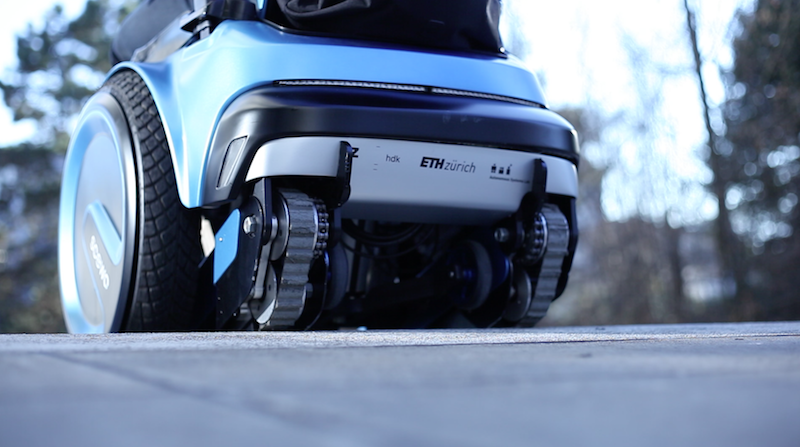
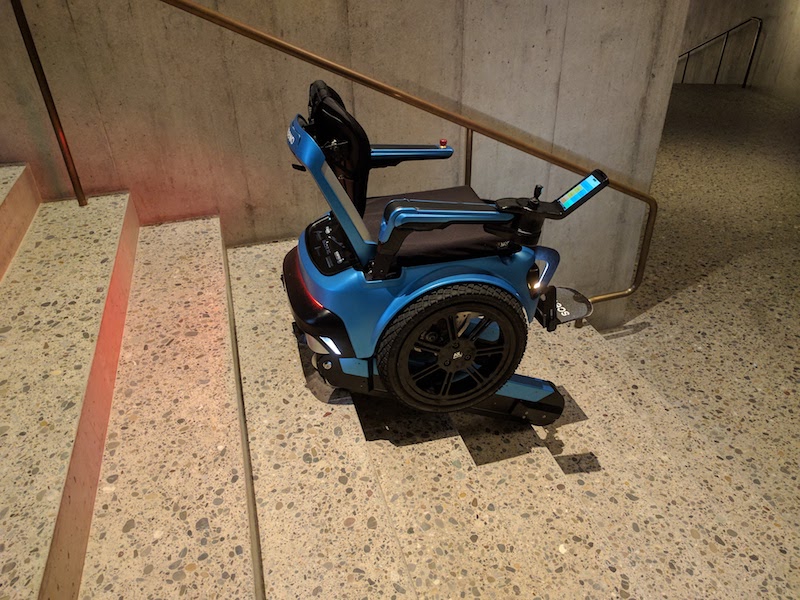
On top of all of that, the Scewo’s tracks can also be angled and elevated to provide leverage to the chair. This puts the user in an elevated position and gives them better views the area they are in. This will also come in handy when trying to reach things at a height, and it could even could help make standard home designs (which are often tailored to people who have the ability to stand) more manageable. The width of the chair is also designed to fit through most standard door frames and corridors. Since the chair is so much more compact than most standard wheelchairs, it’s capable of navigating more efficiently both at home and in public.
Check out the company’s crowdfunding campaign here.




